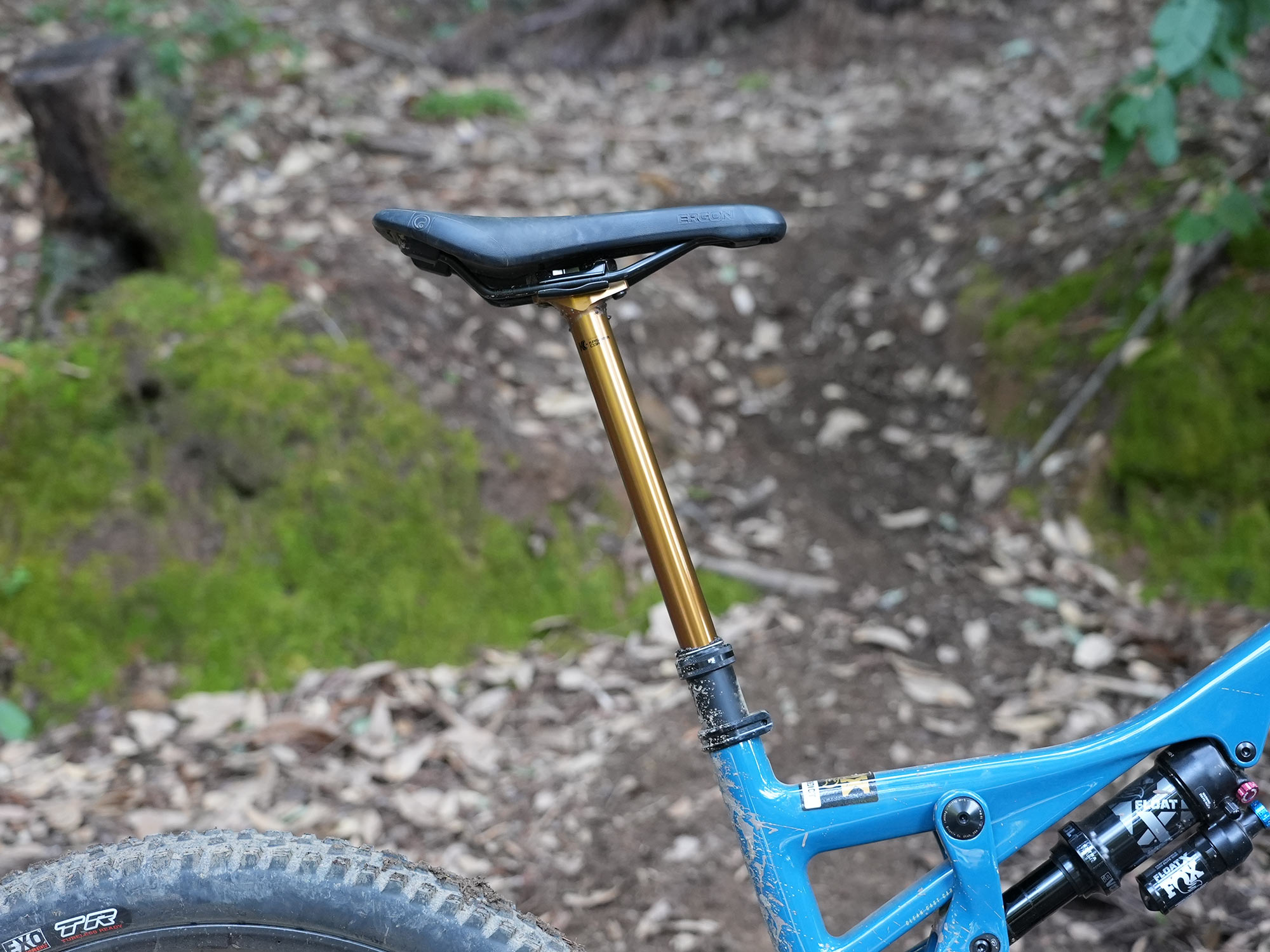-
Tres minutos infernales le costaron al Atlético de Madrid el avance del Borussia Dortmund a la Liga de Campeones

El Atlético de Madrid quedó eliminado de la Liga de Campeones de esta temporada después de perder un clásico de cuartos de final ante el Borussia Dortmund. El partido terminó 4-2 esa noche en el Signal Iduma Park, asegurando una victoria global de 5-4 para el equipo de la Bundesliga. Dos goles en cinco minutos…
-
Consiliul Local arată familiilor interesate proiectul educațional al școlilor municipale – Știri din Valencia

Școlile municipale și grădinițele organizează zile deschise Consilierul pentru Educație relatează despre aceste sesiuni de informare „organizate pentru a facilita familiilor să ia o decizie la fel de importantă precum școlarizarea fiilor și fiicelor lor”. Școlile Primăriei Valencia au început cu zile deschise înainte de preînscrierea noilor elevi, pentru ca familiile interesate să își poată…
-
Dembélé a devenit coșmarul lui FC Barcelona – Știri din Spania

Atacantul francez al lui PSG, Ousmane Dembélé, iese în evidență ca protagonistul incontestabil al meciului cu FC Barcelona, cu un gol în fiecare joc care a lăsat o amprentă de neșters asupra meciului de marți, 16 aprilie. După meci, Dembélé și-a împărtășit impresiile, evidențiind dificultatea duelului, dar a lăudat performanța echipei sale, evidențiind concentrarea lui…
-
Secretele unei vechi tabere de luptă: arme și artefacte din trecut
Secretele unei vechi tabere de luptă: arme și artefacte din trecut În istoria umanității, războiul a jucat întotdeauna un rol important. De-a lungul timpului, oamenii au luptat pentru putere, teritoriu sau supraviețuire, utilizând o varietate de arme și artefacte. Acestea au fost păstrate și transmise din generație în generație, în unele cazuri ajungând să devină…
-
MediaMarkt scoate la sorți 25 de premii – cadouri și mostre gratuite – Știri de agrement

Descărcați aplicația MediaMarkt pentru a putea accesa tragerea la sorți pentru 25 de premii precum televizoare, PS5, trotinete electrice și multe altele. MediaMarkt sărbătorește 25 de aniși de aceea oferă 25 de produse fantastice, iar tu nu le poți rata. În total vor fi realizate 25 de extrageri cu 25 de premiiunele dintre premiile care…
-
La tija telescópica Fox Transfer se vuelve más suave, más rápida y más asequible

¡Apoyanos! Bikerumor puede ganar una pequeña comisión por los enlaces de afiliados de este artículo. Aprende más La tija telescópica Fox Transfer original era buena, pero querían hacerla más robusta, suave, ajustable y útil que antes. Así que básicamente rediseñaron todo al respecto. Ahora es mejor que nunca, con más opciones y un precio más…
-
#3 108 – Semana de la IA: Tierra-2

#3 108 – Semana de la IA: Tierra-2 17 de abril de 2024 por Craig Shames En 1994 teníamos Earth 2, un programa de televisión sobre un grupo de colonos que intentaban reconstruir la humanidad en un nuevo planeta y ahora, treinta años después, tenemos Earth-2, una copia simulada de la Tierra creada por NVIDIA…
-
Actualización de la tienda: aspectos construidos nuevos y recurrentes, pase de temporada de campos de batalla, paquetes exclusivos, paquetes de entradas para tabernas

¡Hoy se lanzó otra actualización de la tienda! Se acaba de lanzar el parche 29.2, por lo que es una actualización masiva con muchas cosas nuevas y recurrentes. La temporada 7 de Battlegrounds se lanzó hoy para que puedas obtener un pase de temporada de Battlegrounds. Además de eso, tenemos muchos aspectos Construidos (tanto nuevos…
-
Autorizadas las medidas para la jornada completa de todos los monitores escolares

El Consejo de Gobierno ha tomado conocimiento de las medidas adoptadas para la adopción de la jornada completa de la totalidad de la plantilla de monitores escolares, impulsadas por la Consejería de Desarrollo Educativo y Formación Profesional. De esta manera, se mejoran las condiciones de trabajo de este colectivo, integrado por un total de 1.643…
-
“Fue un desastre”: Xavi Hernández culpa al árbitro de la eliminación del Barcelona en la Liga de Campeones

Continúa la espera del Barcelona por su sexta victoria en la Liga de Campeones, tras caer el martes en cuartos de final ante el Paris Saint-Germain. Los catalanes ganaban 3-2 en el partido de vuelta, pero perdió 4-1 en el Estadi Olimpic, que sumó una derrota global por 6-4. El partido y el sorteo cambiaron…
